Types of Peppers: The 5 most cultivated varieties in the garden
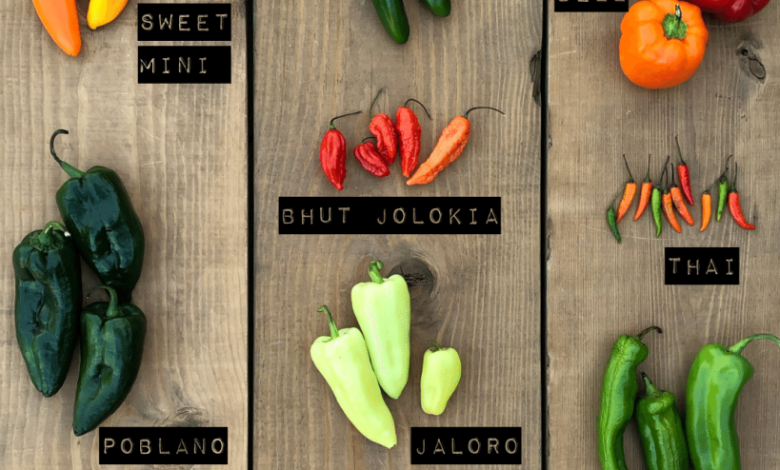
Hello to all agrohuerters! In today’s article we are going to see what are the most cultivated types of peppers in our gardens. Therefore, we will pay attention to their shapes, colors, flavors, growth cycles, etc. In this way we will not have any doubts about which one we want to plant and which one best suits the conditions of our orchards.

CHARACTERISTICS PEPPERS
In other articles we have already presented this vegetable as one of the most abundant in the garden:
The pepper is a solanaceous fruit, like the tomato or the aubergine. It has taproots, with a main root and a large «network» of secondary roots, like the tomato, although in this case the depth of the root system is much greater. Therefore, this must be taken into account when planning the associations and crop rotations of your garden. For example, it is recommended to combine the pepper with other plants with which it «counteracts» well. Plants that have a short root system and with another type of use (leaf, root…).
CLASSIFICATION PEPPERS
FLAVOR OF PEPPERS
A first classification could be based on its flavor, distinguishing as follows:
- Sweet peppers – can be eaten raw or cooked. For example: the yellow pepper, the Italian green pepper or the bell pepper.
- Hot peppers: as you all know there are other types of peppers that burn your mouth when you eat them. For example: chillies, chili peppers, padrón peppers, etc.
PRESERVATION OF PEPPERS
Another classification can be based on its state of preservation:
- Dried peppers: They are left to dry to be used later in stews or in other foods. For example: chorizo pepper, paprika, dried chillies, etc.
- Canned: They are packaged to consume them later. For example: piquillo peppers, roasted, etc.
- Fresh peppers: They are those that we can consume as soon as we pick them up from the garden.
However, there are many other criteria for its classification such as the shape of its fruit: elongated, small,…
THE MOST CULTIVATED TYPES OF PEPPERS
1. Italian pepper
The Italian pepper has an elongated shape with a pointed end. Its skin is thin and has a bright green color. This pepper withstands low temperatures very well and, for this reason, it is harvested between October and May.
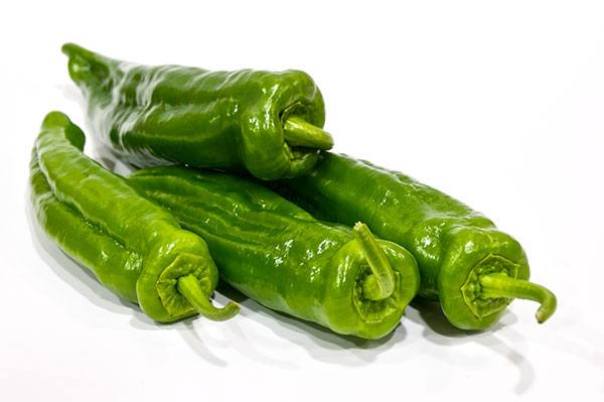
2. Padron pepper
One of my favorite peppers is, without a doubt, the padrón pepper. This pepper comes from La Coruña (Galicia), where some monks developed its cultivation. In this case it is a small pepper (from 5 to 10cm). In addition, there is a saying that says “padrón peppers, some are hot and others are not” because you can actually have the bad luck of eating one of these peppers and remember it for the rest of the day.
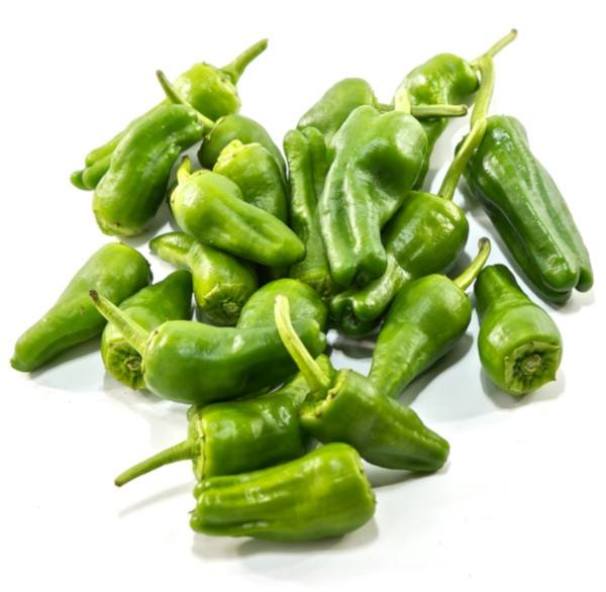
3. California pepper
In this case, it is characterized by its central cavity and its square shape. We can find it in red, green or yellow.

4. Piquillo pepper
The piquillo pepper is rotten in Navarra and is protected by the Designation of Origin Piquillo de Lodosa. Most of the time it is prepared in the oven and is usually bought packaged.
It has a triangular shape, not too big (approximately 7cm), with a hard skin and a very characteristic red color.
The harvest of these peppers usually begins in the second half of September and lasts until mid-November.
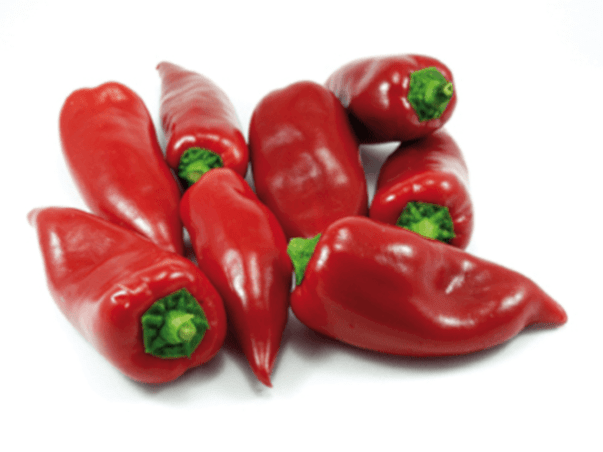
5. Bell pepper
Finally, one of the classics is the bell pepper. This type of pepper comes from Mexico, Central America and northern South America, but currently the largest producer is China. It is also known as “choricero pepper, bonnet or ox snout”.
Because its cultivation is not very complicated, it is one of the favorite species to have in the garden. In addition, they do not require much space and can be grown in pots, on balconies, terraces, etc.
It is usually sown in spring because it is a species that is a little sensitive to cold and it is recommended that the plant receive a lot of sun.
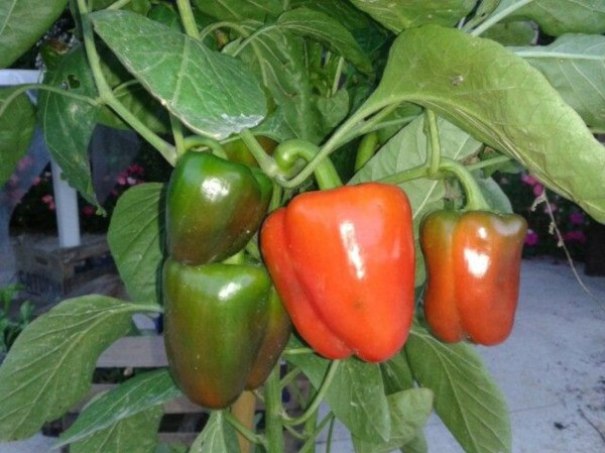
To ensure that all these varieties of peppers obtain sufficient resources to develop, it will be necessary to carry out a good pruning. I leave you the link of an article where we explain how to prune a pepper plant step by step. In addition, a good pruning will save us from many pests and diseases in the pepper.
This is all for today, I hope you liked the article and that, from now on, you know the main types of peppers that we can grow in our gardens. See you at the next one!
Have a nice day

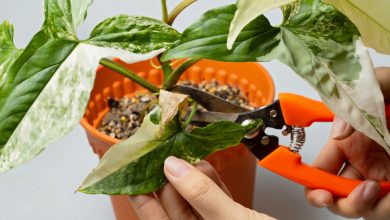


![Photo of White Orchid Care: [Dirt, Moisture, Pruning and Problems]](https://www.complete-gardening.com/wp-content/uploads/2021/06/41a7HSpH3NL._SL500_-390x220.jpg)